As the global COVID-19 pandemic sweeps the world, countries are doing their best to keep their people safe. Although travelling is quite difficult right now and many regions are off limits, exploring your own country and enjoying its beauties is still possible, provided you take all the necessary precautions.
New Zealand is still at Alert Level 1, which means there are a lot of regulations everyone must abide by in order to protect themselves and others from the virus and its spreading. The rules are as follows:
- Face coverings legally must be worn on all public transport to, from and through Auckland, on domestic flights throughout New Zealand and by Auckland taxi and ride-share drivers.
- Border control remains for travellers entering New Zealand which include health screening and testing for all arrivals, and mandatory 14 day isolation or quarantine.
- Staying at home if you’re sick is advised and especially important at Alert Level 1 in order to minimize the risk of COVID-19 being spread in the community.
- At Alert Level 1 COVID-19 is contained, but it’s still important to keep a safe distance from strangers as it helps minimize the spread of COVID-19 if community transmission returns.
Leaving your home
At Alert Level 1, you’re allowed to leave your home, have freedom of movement and get together with as many people as you want. However, you will be encouraged to use a face mask in public transport and in situations where you cannot maintain physical distance from others, for instance in shopping malls and supermarkets.
It’s important to emphasize that it’s still necessary to play it safe and alert in case the virus re-enters the communities in New Zealand. So, everyone is encouraged to maintain their hygiene at high level, stay at home if there are any symptoms of illness and get tested, as well as keep track of your movements and contacts.
If you’re planning to travel, it’s imperative you take all precautions and have a good plan in advance. Your packing list will differ as now you’ll need to pack face masks, hand sanitizers, sanitizing wipes and additional food, snacks and drinks in case you need to prolong your travel due to restrictions, or you don’t feel comfortable shopping in crowded supermarkets.
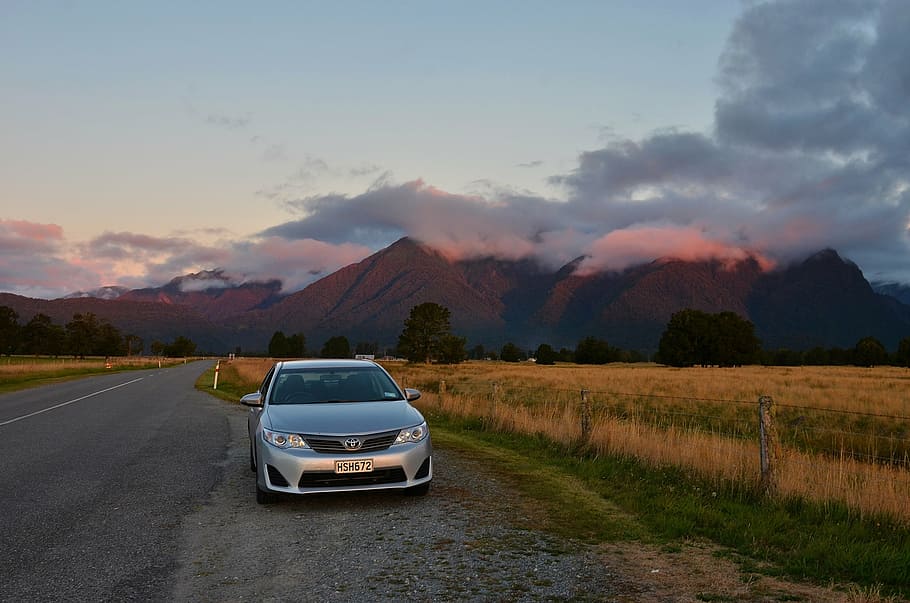
One way to maintain safe distance from others and avoid public transfer is to travel with a free transfer carthat’s a very convenient way to take you to your desired destination without having to share transport with anyone else or depend on someone’s itinerary.
Local travel
At Alert Level 1, people are allowed to travel but they are advised to do it in a safe way. All public transport operators are obligated to display QR posters that help commuters keep track of where they’ve been and it’s recommended for everyone to use the NZ COVID Tracer for this purpose or any other convenient method.
As mentioned previously, when travelling around New Zealand at Alert Level 1, a face mask must be worn on all public transport, domestic flights, in taxis and shared rides. In the latter, the drivers are obligated but passengers aren’t – however, it’s strongly recommended they do it as well. The only exemption is private flights.
Regional travel
With the current situation being at Alert Level 1, you are allowed to travel to any other region in New Zealand that is at Alert Level 1 or 2, but make sure you get well informed about the situation and regulations in advance and organized accordingly.
It’s a smart move to keep track of where you’ve been and that can easily be done with the NZ COVID Tracer app – it will keep track of all locations you visit during your trip, as people often can’t recall all the places they’ve visited.
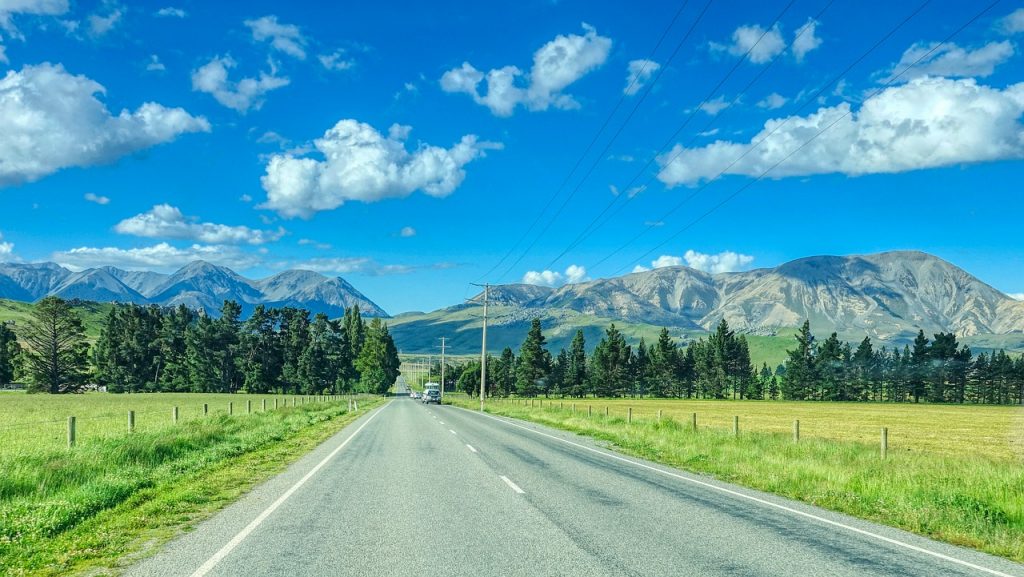
If you’re planning to travel to more remote areas, you should check with local tourist authorities for guidelines before setting out. It’s recommended you register your details with a visitor information centre, upload the scans of your documents and itinerary to your email account and possibly leave details with family or friends as well. Also, bear in mind that the weather conditions can quickly change and become treacherous in some areas so get informed about regional weather forecasts.
At Alert Level 1, all regions will have the same regulations regarding wearing face masks in all forms of public transport and you’ll be expected to maintain your hygiene and keep distance from others. Even if there’s no legal requirement, travellers are encouraged to wear face coverings on public transport and be mindful of their behaviour.
In case you are sick and have developed symptoms of COVID-19, you should stay at home and cancel your travel plans. If this happens during your trip and you’re away from your home, contact the Health Line, your GP or Nurse Practitioner to find out what you should do and if you should get a test.
If you’re advised to get tested, don’t wait until you get home but rather do it from wherever you are in the country at that moment. There’s no doubt that travelling is not easy right now, but hopefully, you will be able to get organized using the tips listed and travel safely in New Zealand even at the times of pandemic.

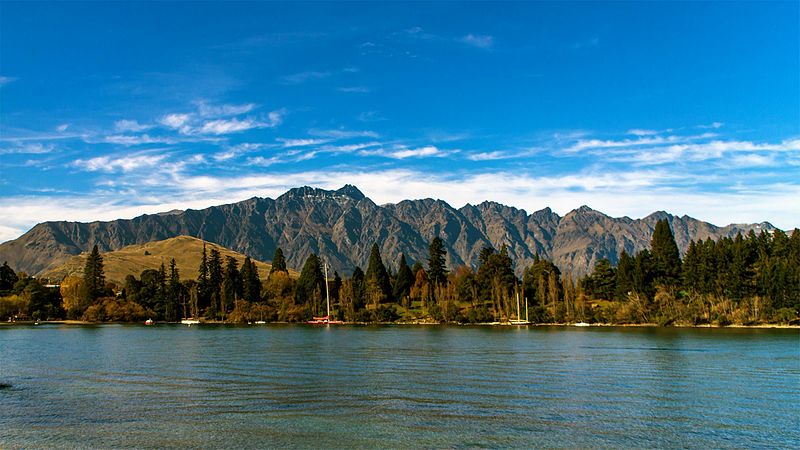
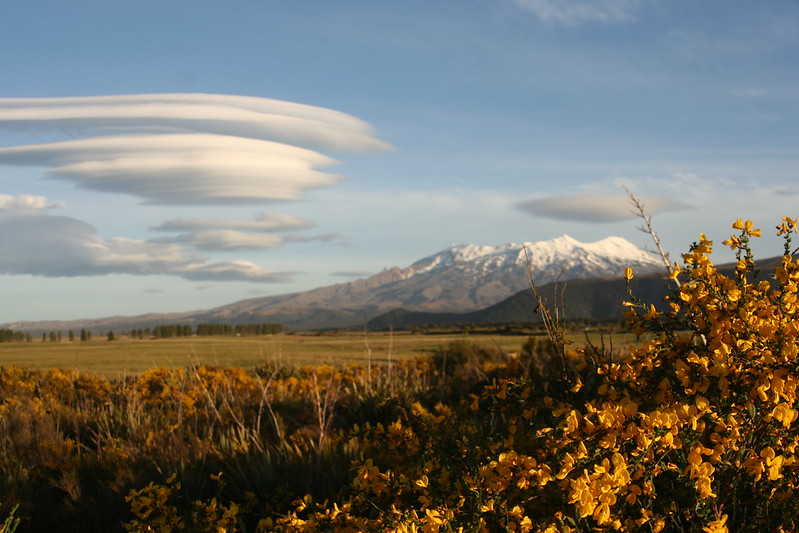
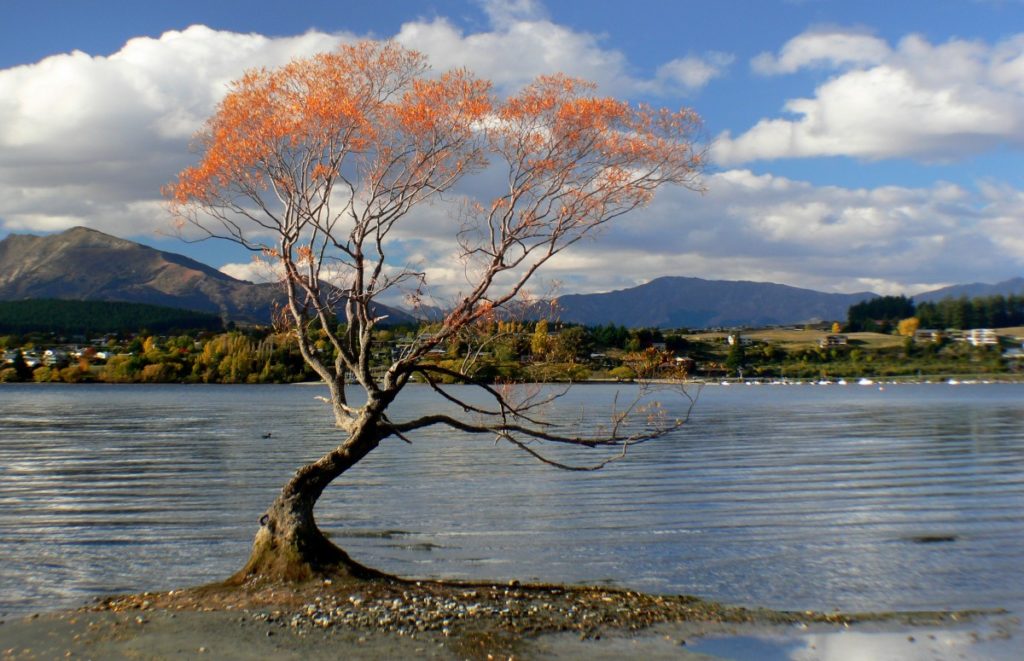
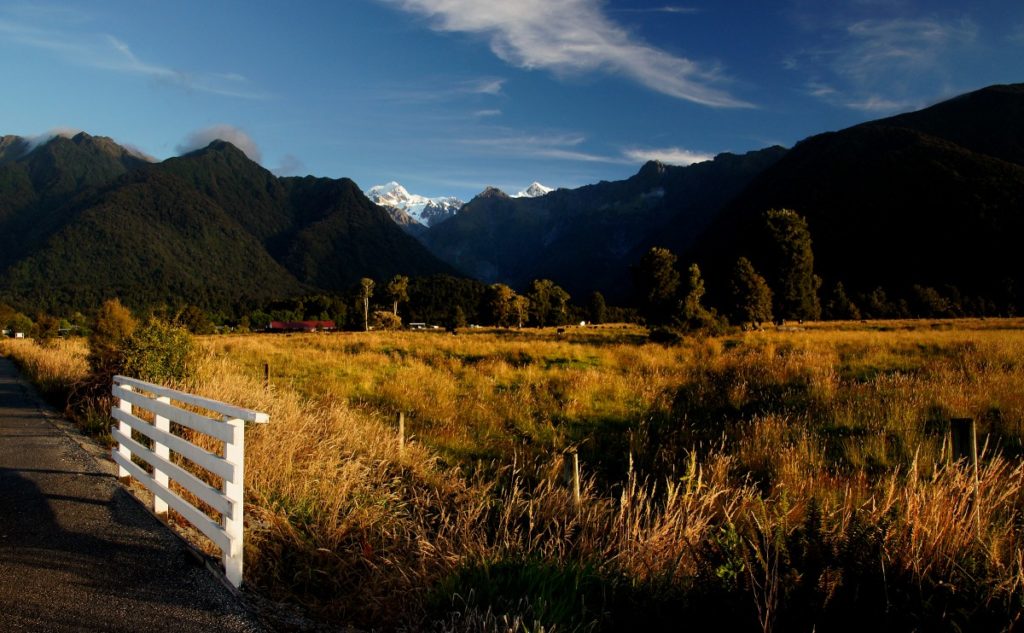
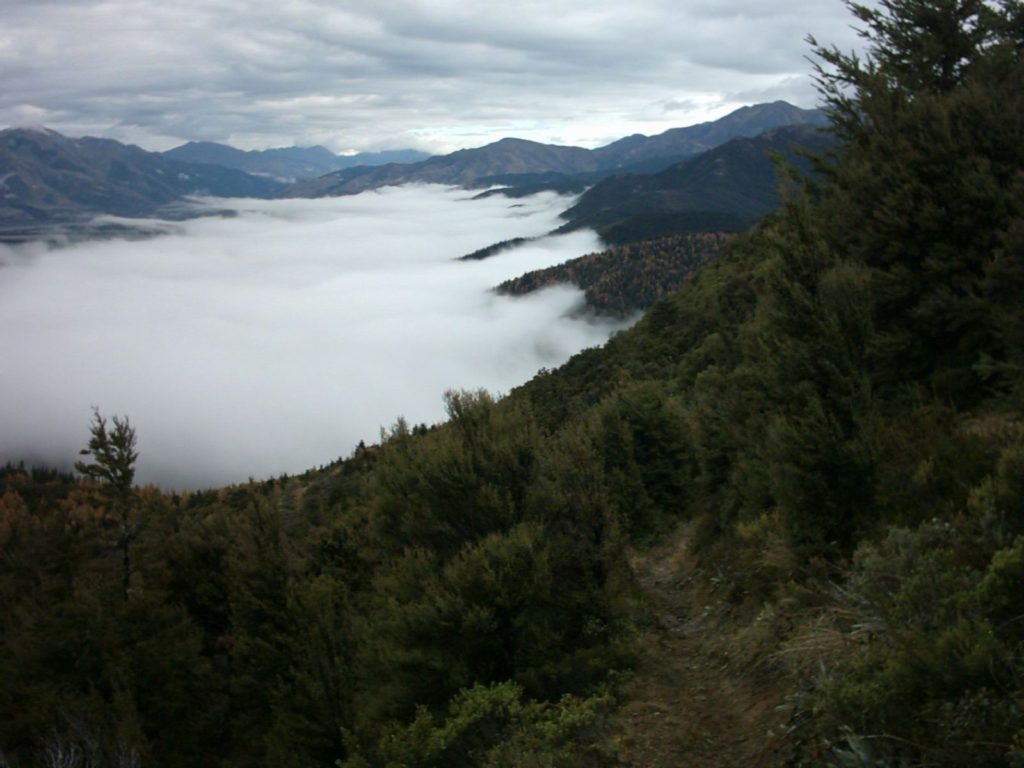
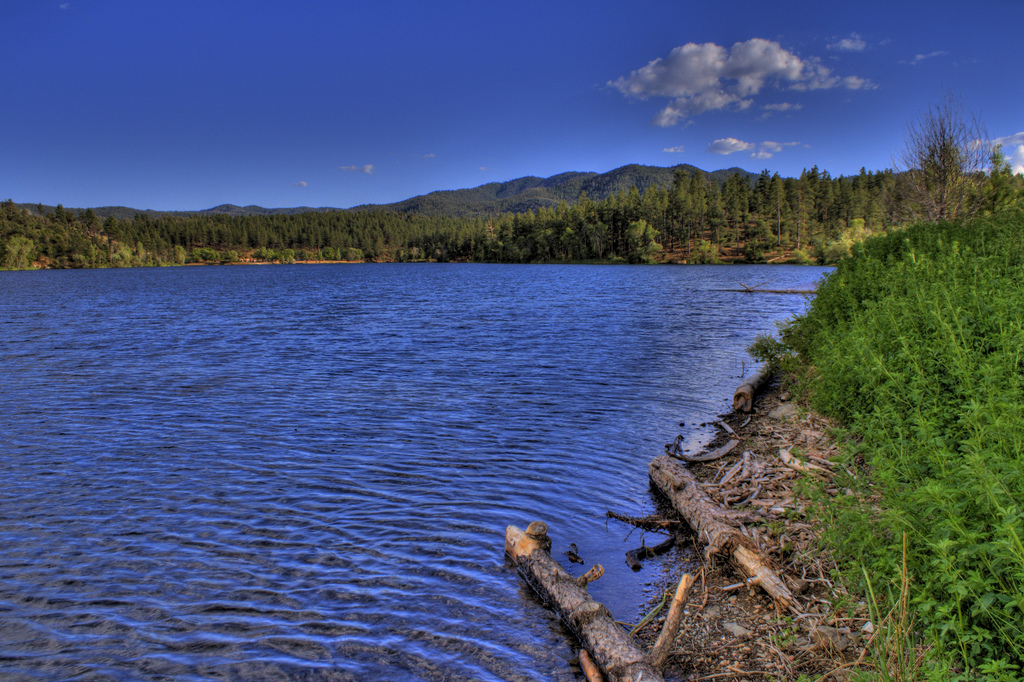
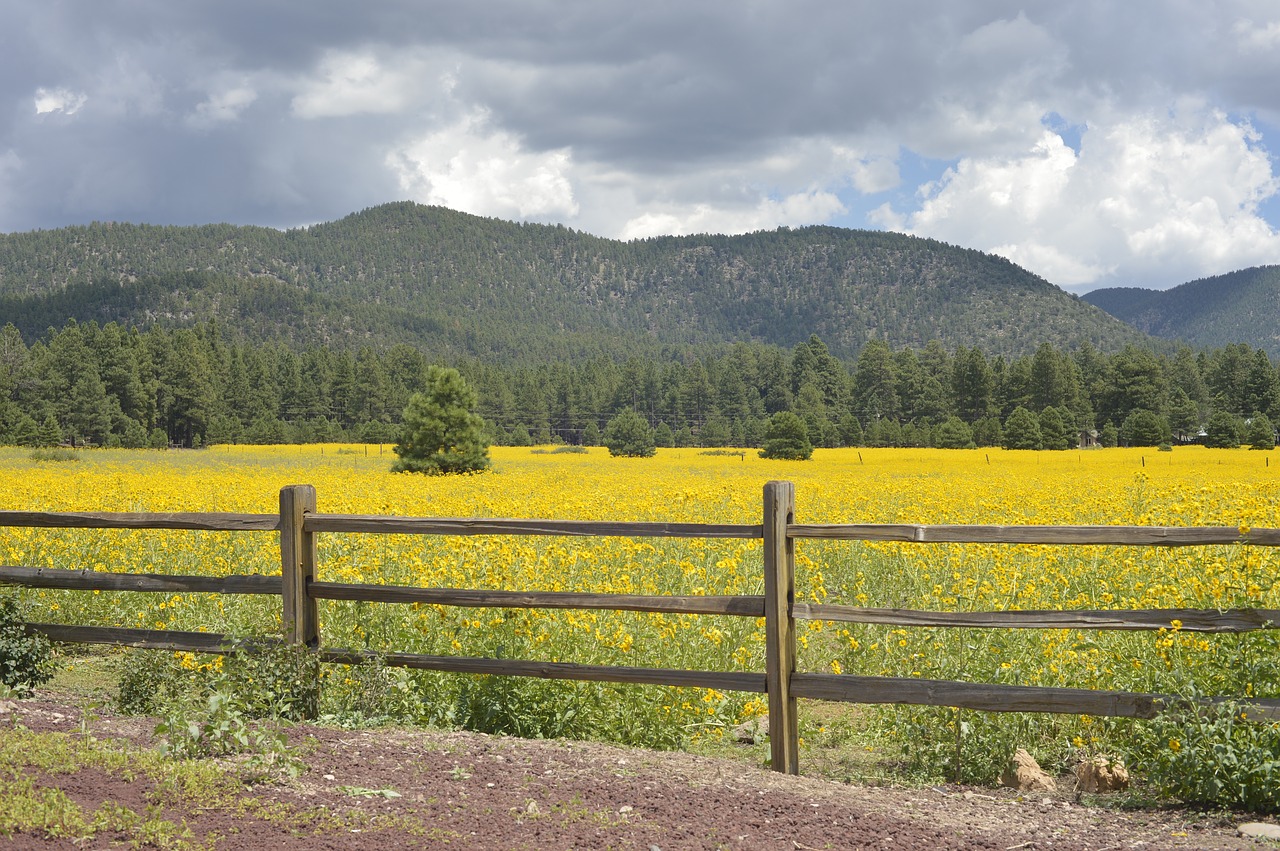 I
I
